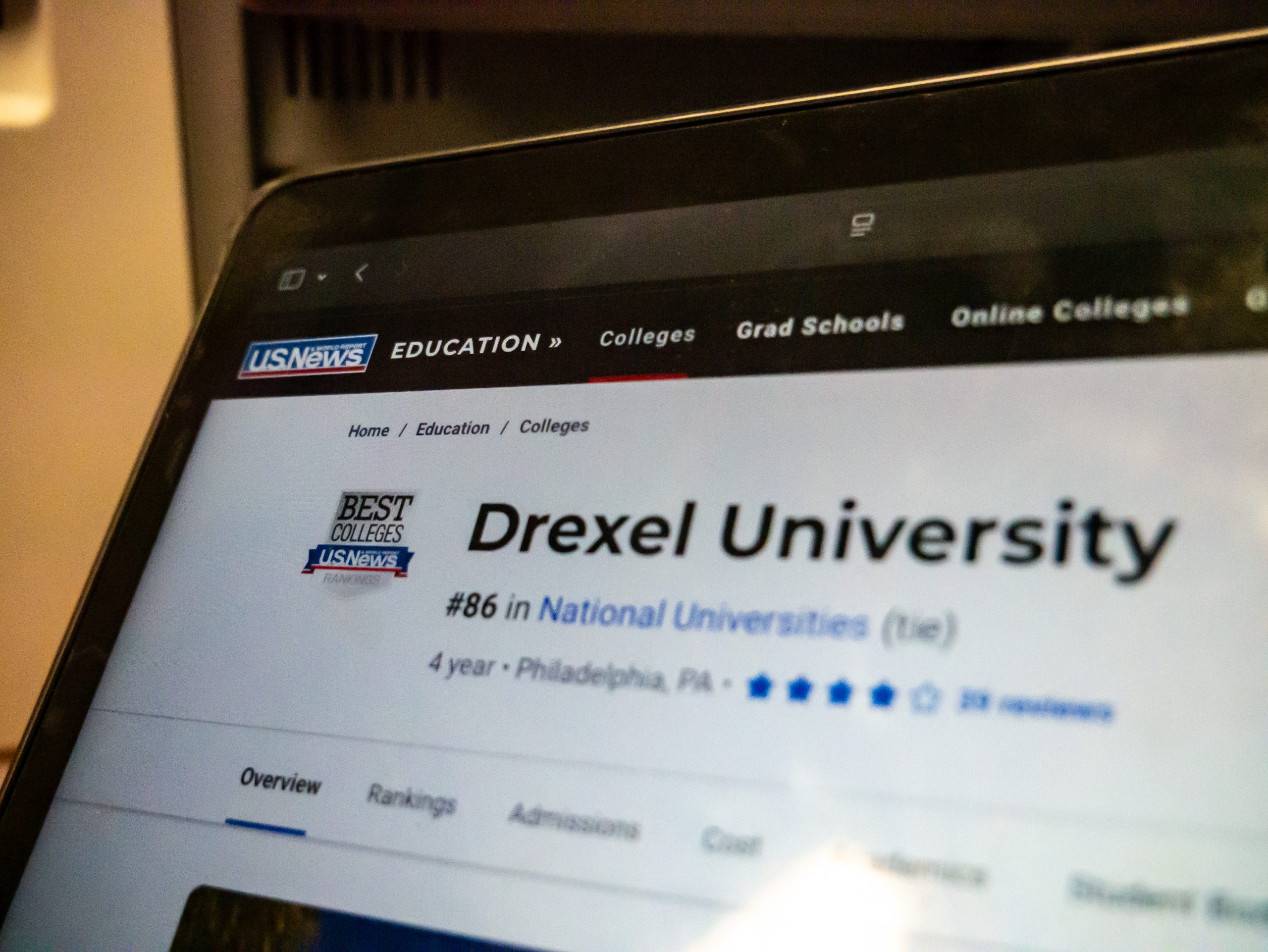
Prestige holds significant power in the United States. The notion that a person’s reputation hinges so heavily on the names they associate with seems shallow and insincere, yet the reality is hard to overlook. Nowhere is this more evident than in the U.S. News & World Report.
Once a year in September, parents, children and college presidents await the U.S. News & World Report to publish the latest edition of their biggest claim to fame: the rankings of the best colleges in the United States. The U.S. News college rankings are often regarded as the most influential college rankings in the country and for fair reason. They have a long history of precisely refining and updating the algorithm they use to determine these rankings. Many are familiar with these rankings but not as many have familiarized themselves with the algorithm that these rankings descend from. Something peculiar starts to happen when you do: the whole system begins to seem a little less prestigious.
The ranking criteria are available to be analysed and dissected on the U.S. News website. At a glance, the list seems sensible. Student-to-faculty ratio making up four percent of the total score? Makes sense. First-year retention rates making up five percent? Seems plausible. Most of the list looks like this, but then you arrive at one particularly massive criterion that makes up a baffling 20 percent of the total ranking: the peer assessment. For reference, the second most influential criterion is graduation rate performance at 10 percent.
The peer assessment survey is the subject of much criticism directed towards the U.S. News college rankings. Once a year, university presidents, provosts and deans of admissions receive a survey asking them to rank fellow institutions on a scale from 1 to 5—institutions they have likely never worked for, attended or visited. As Sonia Cardenas, the vice president for academic affairs and dean of faculty at Trinity College, put it in her article criticizing the subject, “Judging the quality of an institution at which I’ve never worked, studied or conducted an accreditation review is like asking a culinary expert to rate the signature dishes at hundreds of restaurants where they’ve never eaten.” This is because the peer assessment is not a measure of a school’s academic and educational quality; it is a measurement of a school’s reputation.
At the end of the day, that is what the U.S. News is about. The goal is not to measure the actual quality of education at universities; the goal is to uphold a legacy status of prestige, and prestige is not a direct indicator of quality. Although prestige and quality may correlate, prestige as a subjective metric is susceptible to bias and misinterpretation.
While the peer assessment score is the largest single criterion in the U.S. News rankings, it still only makes up 20 percent of a school’s total score. Does that make the U.S. News rankings still 80 percent reliable? What if a school were to decide that it wanted to climb the U.S. News rankings by targeting all the other criteria?
Well, if Drexel University decided that it wanted to do exactly that, where might it start? The first step would be to increase the school’s graduation rate. And an easy way to do that is to eliminate those pesky dropouts who cannot continue their education for financial reasons, which is the number one reason why students drop out of college. Now, we could prevent this by providing extra financial aid to students in need, but that would mean less money in the bank for us to spend on other ranking criteria, such as faculty salaries. But the good news is, the U.S. News & World Report does not care about how good we are at keeping less privileged students on track; they only care about results. What if we instead choose to only admit students who are going to graduate no matter what? What if we only admit extremely wealthy students? While the U.S. News does consider Pell grant (a FAFSA grant given to the nation’s lowest income students) graduation rates as a metric, we could still game this metric by preventing the admission of the most financially challenged Pell grant students. And if we go that route, we can do ourselves a couple more favors in the process. Already wealthy students are more likely to earn a higher salary after graduation, which is a measurement that makes up five percent of the rankings. More selective applications also mean a better student-to-faculty ratio. And if only the most elite and powerful children in the world are allowed to enter our institution, just imagine what that would do for our peer assessment score.
The process would be straightforward enough. It would simply mean giving out less financial aid to discourage less wealthy students from attending or even rejecting them outright. Instead, we could put more money into fancy residence halls and extravagant amenities that would attract those used to a certain degree of luxury. It would mean inflating the amount of sports scholarships given out, especially for sports that, in order to master, would require special access to world-class clubs and coaches (ever wonder why Harvard offers more varsity sports than any other university in the country?). All of this can be done without putting a single thought towards bettering the quality of the education our students will be receiving.
Prestige is indeed indeed a powerful thing in the United States. It shapes our education and our careers. It influences how we consider the credibility of our fellow human beings. Currently, Drexel University is ranked 86th in the U.S. News & World Report’s list of college rankings. It has moved up 19 spots in just the last two years. But after knowing what sort of measures schools can take in order to secure higher positions on that list, it becomes increasingly difficult to be proud of this accomplishment.


